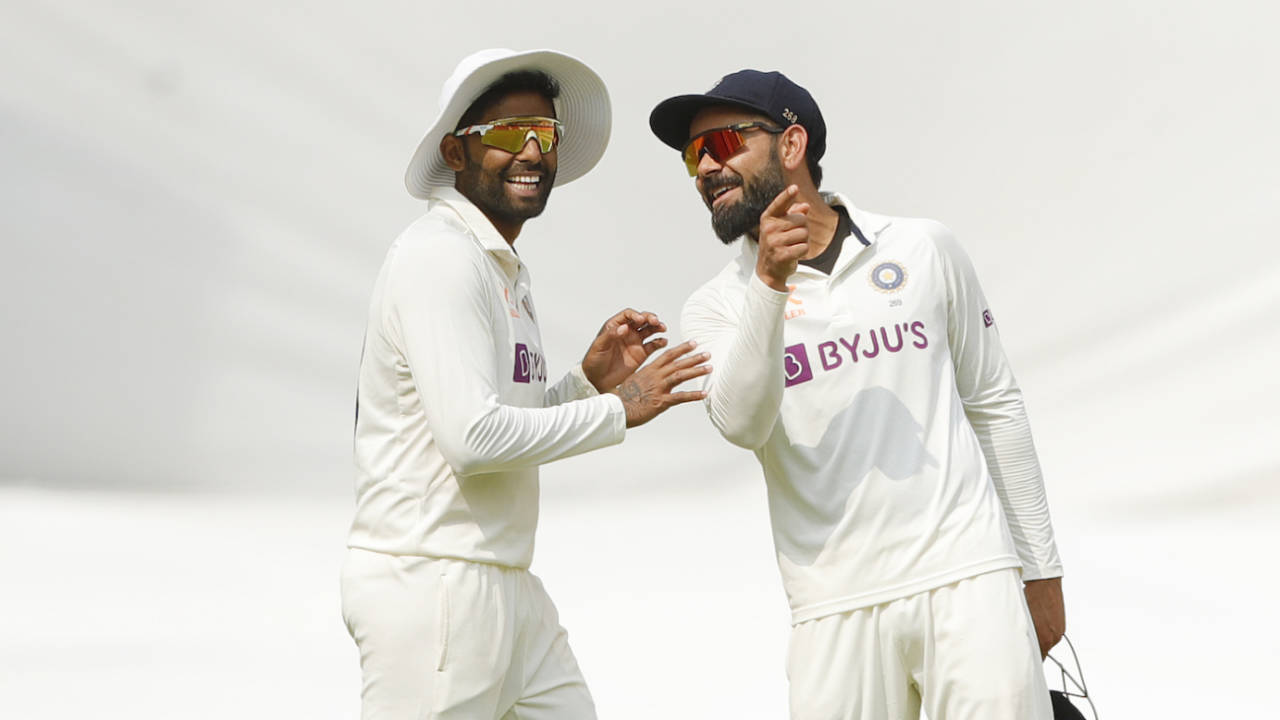There's no point in bemoaning the fact that the game is not like it was previously. If T20 is to shape the future, what lessons can cricket learn so that the game continues to grow in directions that weren't previously visualised? In particular, what effect will the T20 phenomenon have on players, selectors, curators, and even the laws?
The England team has shown dramatically by displaying an adventurous spirit under their captain, Ben Stokes, that Test cricket can still be a turnstile winner. There will be days when England's attacking attitude falls flat on its face, but boy, when it succeeds, as it has done over the last year or so, the opposition faces a stiff challenge.
It will be interesting to see if England's positive Test attitude catches on and flourishes in county cricket. Will both batters and bowlers display a more aggressive approach to scoring runs and taking wickets?
For a long time the county game has needed to change its safety-first attitude to one of genuinely trying to win each match. It's likely that county players who possess the ability to adapt will have the most success, and will thus put themselves in line for a call to higher duty.
It would be good for cricket if a positive approach continues to flow through to the game in general.
Up-and-coming players are already focused on whether to slant their future more towards a contract in T20 rather than one in Test cricket. A coach has a choice of whether to prepare a player for every form of the game by building a solid technique, like with Virat Kohli, or to have a player imitate the volatile T20 hitting of Suryakumar Yadav. This is a challenging choice.
Selectors are faced with a dilemma in choosing players. If in future many cricketers are chosen for a Test side straight from a T20 league, will their selection encourage other players to display more aggression? Will players like David Warner and Suryakumar be encouraged to chase Test selection on the basis of their T20 success?
This makes selection more difficult than in the past. Adding to that difficulty, international players rarely perform in first-class cricket these days, and so it's more difficult to predict how a young cricketer might handle promotion to a higher level. Selectors need to be adept at visualising a player's coping mechanisms to gauge if they are potentially likely to reach international level.
If in future many cricketers are chosen for a Test side straight from a T20 league, will their selection encourage other players to display more aggression?
Various forms of the game also need consideration when laws are framed. The ludicrous combination of improved bats and shorter boundaries in the T20 game is not ideal for providing a competitive cricket atmosphere.
But as England have shown, T20 can positively affect other forms of the game, so careful planning for the future is crucial.
Bowlers have had to handle an all-out attacking approach from batting sides in T20, and to a lesser extent, in one-day cricket. England are now cleverly making this a factor in Test cricket. Ideally, bowlers will be encouraged to enhance their wicket-taking skills rather than strive purely for an improvement in their ability to contain batters. Will non-English Test batters be encouraged to display their aggressive skills or will the advice still be to combine a solid defence with the ability to play selected shots?
Then there is programming. Will administrators continue to programme more T20 cricket at the expense of the longer game? This is a distinct possibility, as first-class cricket is an expensive exercise, which brings little in return apart from the advancement of young players.
These are all valid questions that require well-thought-out answers, including the crucial input of current players. However, it should never be forgotten that young players deserve the opportunity - if they so choose - to experience Test cricket.
Former Australia captain Ian Chappell is a columnist
